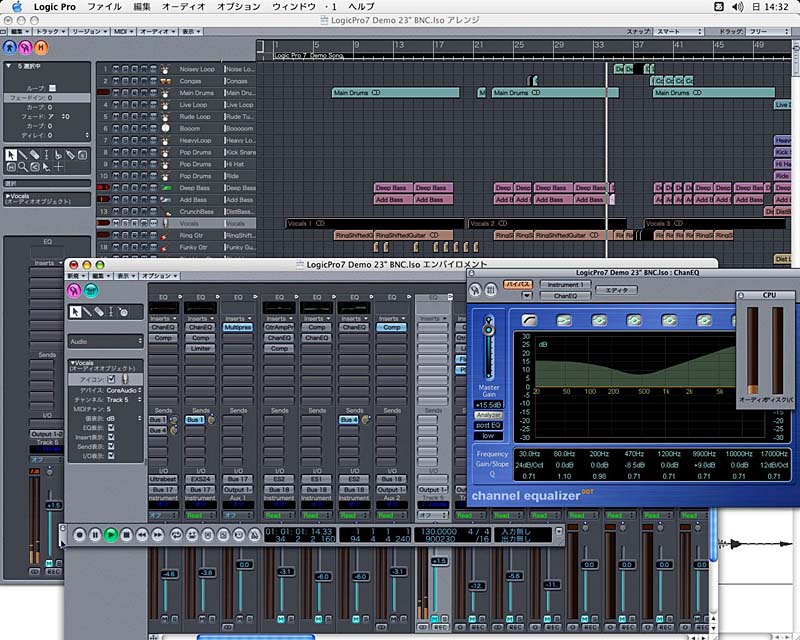

Determining the factors and criteria allowed us to ask clearer questions. Before going to gemba you can know what you are looking for. Koga remarked, “The Paramount Decisions app supports going to gemba. The app helped to keep the information clear and readable. It was also easy to re-anchor to the least preferred attribute in each factor, re-describe advantages and re-weigh the importance of all advantages. These along with their attributes were easily added on the app. For example, could a “temporary” building become a “permanent” building and provide future benefit? Would a landowner like to have a building built for them and allow it to be used during construction?įurthermore, as the analysis was occurring, the client found additional sites. Here are examples of factors used in their analysis:Īs a few of these alternatives were added into Paramount Decisions, some new ideas occurred. In the end, Boldt had described 8 unique combinations.Īfter they defined the alternatives, John worked with the team to identify the various factors and criteria that were important for this project. Since no single storage solution could satisfy the square footage requirements, they had to combine some of these options together.

When comparing possible solutions for this project, the production manager at Boldt began with four viable storage locations. As an enterprise customer of Paramount Decisions, they used the software to make this decision. Given the range of potential locations found, the variety of stakeholders, many different factors, and range of costs, Boldt managers decided to use CBA to compare them. The client was in control of finding space and for several months had been using standard “search and investigate” practices. The decision will have a large impact in both the dollar amount and the people affected. At the height of the project, Boldt will have several hundred people working on the project. Following lean practices, Boldt had planned to pre-assemble and kit parts of the project but needed room.īoldt needed to decide between different on-site and off-site temporary storage solutions. The project site itself did not provide enough room and was found to have other constraints. As information accumulated, Boldt calculated that 2 to 3 acres of additional space would be needed, much of it enclosed and controlled. Materials for the project were planned to arrive from many places. The project for Boldt includes constructing the new facility, installing the manufacturing equipment, and coordinating the storage and delivery of the equipment. In this case study we will show how Boldt used Paramount Decisions on one of many complex multimillion-dollar projects.īoldt is working with a confidential client on a large-scale industrial project. Boldt vice president, John Koga, was an early adopter of CBA and introduced it to the lean construction community. They are known in the Lean Construction community as innovators in Integrated Lean Project Delivery (ILPD™), takt-time planning, built-in- quality, safety, and Choosing By Advantages (CBA) Decisionmaking. They are one of the leading companies in the application of Lean Construction and have been on their lean journey for two decades.

The Boldt Company, founded in 1889, is an ENR top 100 company.


 0 kommentar(er)
0 kommentar(er)
